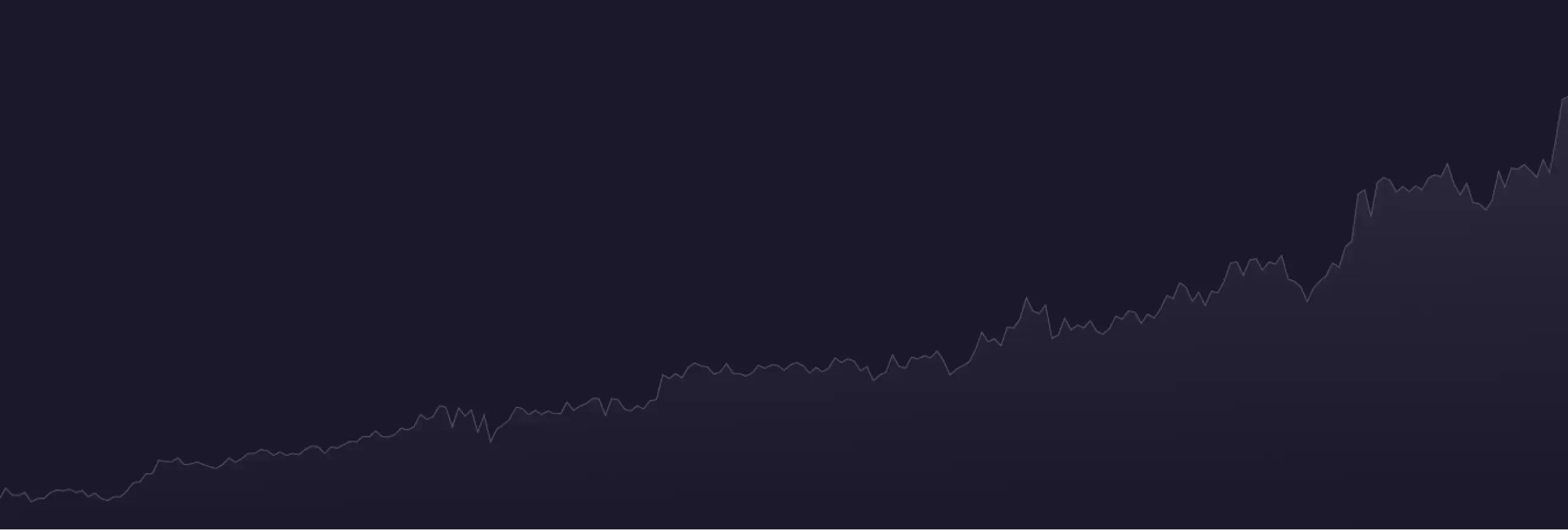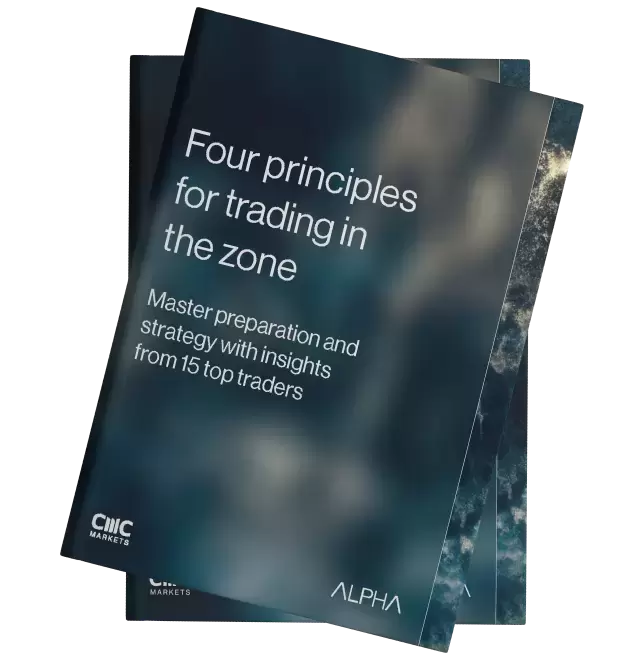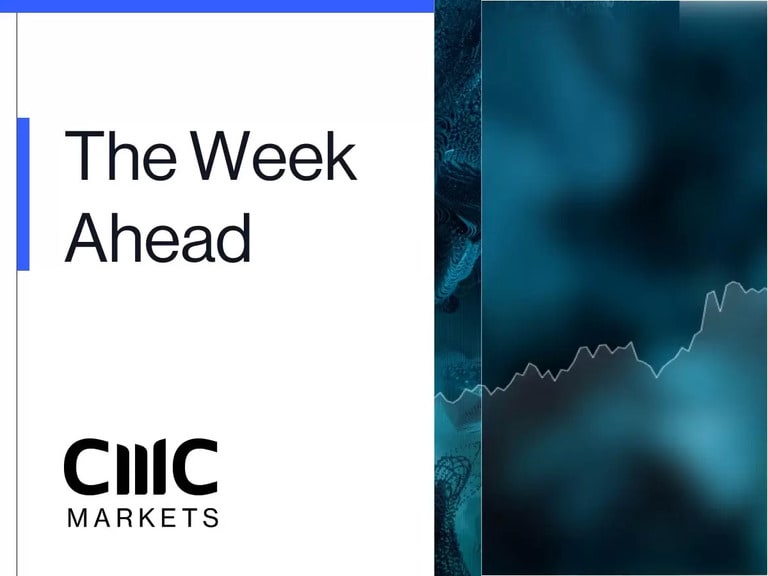
As AstraZeneca [AZN] prepares to report earnings for the first quarter of 2022, investors will be expecting higher sales but a slight downtick in income from its Covid-19 vaccine products based on the company’s forecast.
The drugmaker had lifted its annual dividend for the first time in a decade to $2.87 after posting year-on-year revenue growth of 41% for 2021. Total sales came in at $37.4bn, 11% of which were made up from Covid-19 vaccine sales.
With the pharmaceutical giant expecting the Covid-19 tailwind to die down – the segment hadn’t necessarily been a big earner for the company, which sold its vaccine at cost price – it means investor attention will shift to blockbuster drugs.
In 2021, five of its blockbusters surpassed revenue benchmarks for the first time. Oncology drug Tagrisso achieved more than $5bn in sales, while other cancer treatments, Lynparza and Calquence, brought in more than $2bn and $1bn respectively.
Farxiga, its biggest product in its CVRM (cardiovascular, renal and metabolism) segment brought in more than $3bn. Respiratory and immunology drug Fasenra also did more than $1bn in sales. The pharmaceutical giant is expecting these blockbusters to be durable drivers of growth through to at least 2025.
The announcement of the robust results sent the AstraZeneca share price up 3.4% on 10 February. Since then, shares in the company have risen 24.1% to close at 10,562p on 28 April.
Can rare diseases unlock future growth?
While oncology remains AstraZeneca’s bread and butter, growing 19% in 2021 to $13.7bn, its foray into rare diseases should gather pace in 2022. This will be the first full year where sales through Alexion, the pharma company focusing on rare diseases that it acquired for $39bn back in July, comes into effect. Rare diseases will also help the company to diversify its portfolio and revenue streams.
As analysts at Hargreaves Lansdown explained in a research note issued in February, the rare disease space isn’t as competitive as the likes of oncology. “A drug company which develops a treatment for a previously unaddressed illness will likely end up serving the entire market and can probably attach a hefty price tag to boot,” they wrote.
Following the Alexion acquisition, AstraZeneca’s rare diseases segment accounted for 8% of total revenue in 2021, bringing in $3.1bn. In the three months to the end of December, it took a 15% share of Q4 2021’s total revenue, which highlights the important role the segment is likely to play going forward.
Entering the rare diseases market has come at a cost to AstraZeneca’s debt pile, which has almost doubled. Free cash flow turned negative last year. However, while some investors may find this a bitter pill to swallow, the Hargreaves Lansdown analysts say it “pales in comparison to the potential the [AstraZeneca and Alexion] combination offers.”
Alexion deal set to squash debt
Alexion primarily sells to the US and Europe, but with AstraZeneca’s foothold in other regions, including emerging markets, Alexion will expand this reach. But getting drugs approved and brought to market doesn’t happen overnight and this is why AstraZeneca needs to be considered a very long-term investment.
In the near-term, the Hargreaves Lansdown analysts are hoping to see debt reduced to a manageable level, especially given that interest rates are on the rise.
“Any missteps in the Alexion integration, and [AstraZeneca] will either have to saddle itself with more debt or trim the dividend,” they noted. “Overall we think AstraZeneca is pretty well placed. It’s too early to say whether the Alexion deal will deliver on its potential, but a strong core business and the promise of rising coronavirus treatment profits are encouraging. If all goes to plan the future is bright.”
The upbeat outlook has 12 analysts rating the AstraZeneca share price a ‘buy’, with just two ‘sell’ ratings based on MarketBeat data. The consensus price target among the group is 10,436p, implying a 1.2% fall from its 28 April closing price.
Disclaimer: CMC Markets is an execution-only service provider. The material (whether or not it states any opinions) is for general information purposes only, and does not take into account your personal circumstances or objectives. Nothing in this material is (or should be considered to be) financial, investment or other advice on which reliance should be placed. No opinion given in the material constitutes a recommendation by CMC Markets or the author that any particular investment, security, transaction or investment strategy is suitable for any specific person. The material has not been prepared in accordance with legal requirements designed to promote the independence of investment research. Although we are not specifically prevented from dealing before providing this material, we do not seek to take advantage of the material prior to its dissemination.





















